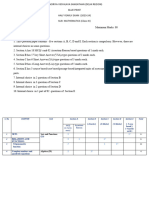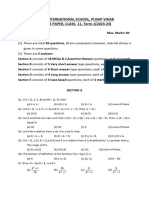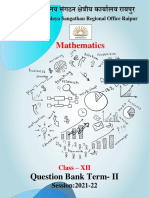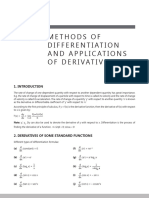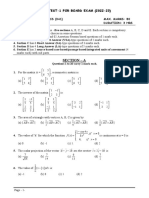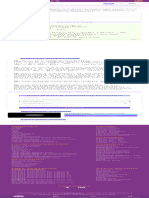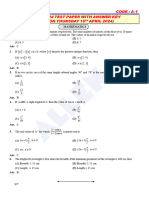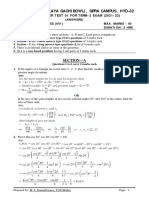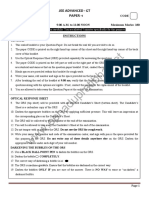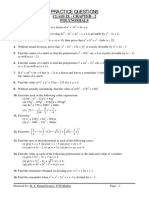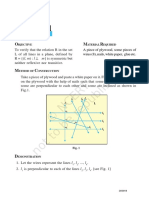0% found this document useful (0 votes)
248 views15 pagesMaths Lab Manual
Uploaded by
qwerty asdfghCopyright
© © All Rights Reserved
We take content rights seriously. If you suspect this is your content, claim it here.
Available Formats
Download as PDF or read online on Scribd
0% found this document useful (0 votes)
248 views15 pagesMaths Lab Manual
Uploaded by
qwerty asdfghCopyright
© © All Rights Reserved
We take content rights seriously. If you suspect this is your content, claim it here.
Available Formats
Download as PDF or read online on Scribd
/ 15




